Interceptionstab
Interceptionstab (fordampning af regn direkte fra bladoverflader), er en vigtig biosfære-geosfære interaktion i vandkredsløbet og skaber stor variation i tilførsel af vand til jorden, hvilket har afgørende indflydelse vandbalancen i et opland. Planters kapacitet til at fange nedbør er afhængig af kronetagets struktur og varierer mellem vegetationstyper.
Der findes i øjeblikket ikke estimater eller metoder til at bestemme vegetationsparametre, relateret til planternes forskellige strukturer, der er nødvendig for beregning af total fordampning i distribueret hydrologisk modellering, f.eks. med DK-modellen.
De overordnede formål med INTERCEPTION er at:
- opnå en nøjagtig beskrivelse af, hvordan strukturer af vegetation i forskellige arealanvendelser kontrollerer interceptionstab og forbedre vores forståelse af koblingen mellem interceptionstab og vandet i jordens umættede zone
- udvikle nye metoder baseret på LiDAR og cosmic ray til at bestemme interception af nedbør
- skalere estimater for interceptionskapacitet til oplands- og nationalt niveau ved brug af remote sensing
Projektet løber fra juli 2017 til juni 2020 og dækker primært udgifter til post doc samt opbygning af feltforsøg.
Interception loss
Interception loss (evaporation directly from leaf surfaces), is an important biosphere-geosphere interaction in the water cycle and creates substantially different input of water to the surface, which has profound impact on the water balance of catchment. The capacity of plants to intercept rain depends on the crown structure and varies between plant types.
Currently, there are no estimates or methods to determine vegetation parameters, related to the plants different structures that are needed to calculate total evaporation in distributed hydrological modeling, f.ex. the DK-model.
The overall purposes of INTERCEPTION are to:
- obtain a precise description of how vegetation structures in different land uses controls interception loss and thereby improve our understanding of the link between interception loss and water in the unsaturated zone of the soil
- develop new methods based on LiDAR and cosmic ray to determine interception loss
- scale estimates of interception capacity to catchment and national levels using remote sensing
The project runs from July 2017 to June 2020 and primarily covers salary for a post doc and establishment of field trials.
Projektleder
Jesper Riis Christiansen
Institut for Geovidenskab og Naturforvaltning
E-mail: [email protected]




